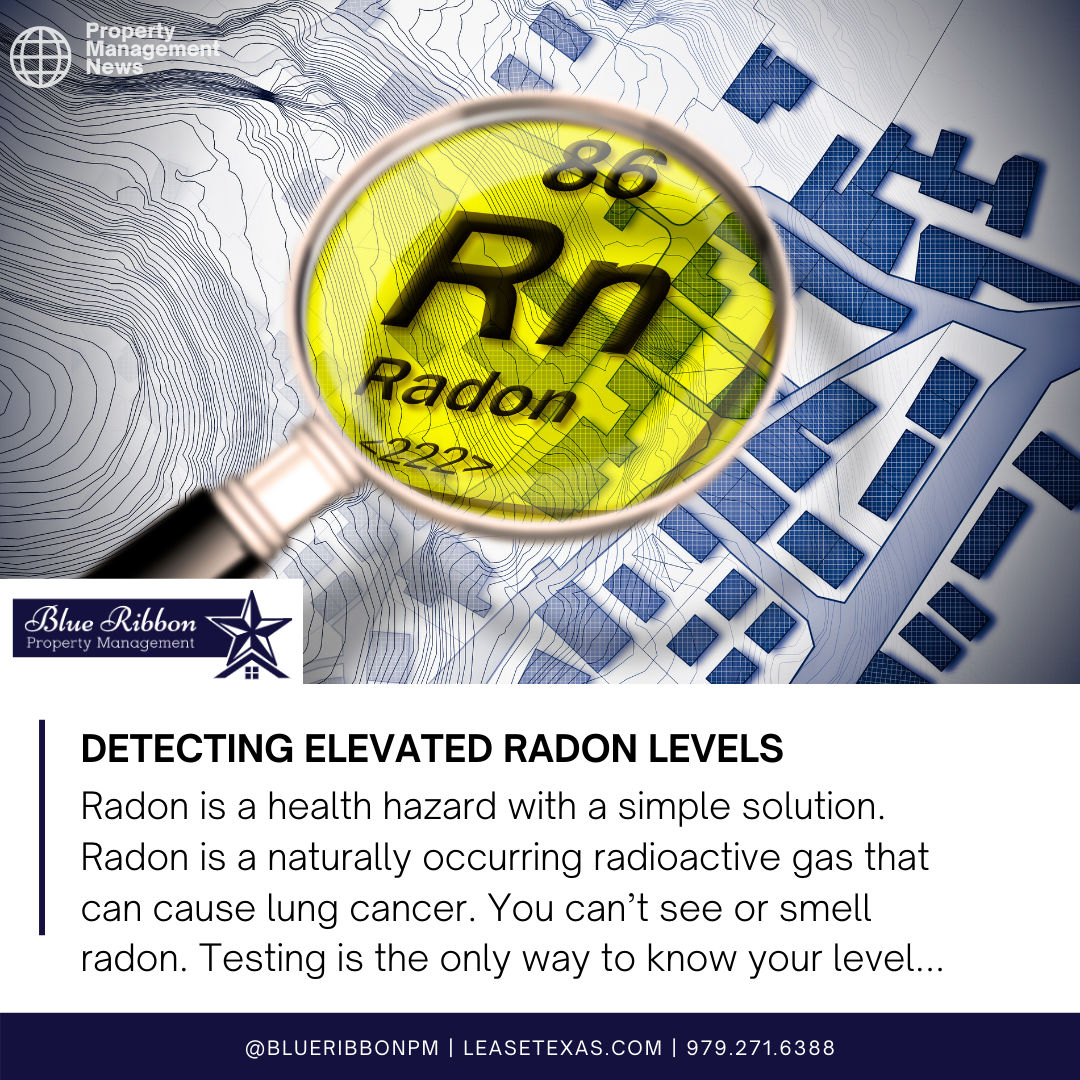I first became aware of radon gas when I was sent a box full of radon test kits from the bank when refinancing a large multi-family apartment complex in College Station, Texas. I had heard some about radon gas, but really didn’t have much thought about it until I was confronted with testing multiple apartments for the refinance. Radon was detected, but the level was low and not at a level high enough to affect health.
What do I need to know about Radon?
- Radon gas is a colorless, odorless, radioactive gas that can pose a serious health risk if it becomes trapped under your house.
- Radon typically enters the home through underground crawl spaces, sump pumps, gaps in the basement and even the water supply.
- It can pollute your indoor air with its toxic vapors, and is help responsible for more than 20,000 lung disease related deaths every year.
- Radon is assumed to be present in millions of American homes.
- You can easily detect radon yourself using a Home Depot radon kit. The test is very easy and you can conduct it yourself.
The Environmental Protection Agency or EPA has a very helpful website full of information to help you understand the concerns and treatment of radon. Buying or Selling a Home? Building a New Home?
The EPA suggests the following:
- If you are buying or selling a home and need to make decisions about radon, consult EPA’s Home Buyer’s and Seller’s Guide to Radon.
- If you are selling a home that has a radon reduction system, inform potential buyer’s and supply them with information about your system’s operation and maintenance.
- If you are building a new home, consider that it is almost always less expensive to build radon-resistant features into new construction than it is to fix an existing home that has high radon levels. Ask your builder if he or she uses radon-resistant construction features. Your builder can refer to EPA’s website Building Radon Out: A Step-by-Step Guide On How To Build Radon-Resistant Homes, or your builder can work with a qualified contractor to design and install the proper radon reduction system. All homes should be tested for radon and elevated radon levels should be reduced. Even new homes built with radon-resistant features should be tested after occupancy to ensure that radon levels are below 4pCI/L.
What do I do if I have a positive test result?
If you have a test result of 4pCi/L or more, you can have a qualified mitigator easily add a vent to an existing passive system for about $300 to further reduce the radon level in your home. The Texas Department of State Health Services has an excellent website containing helpful information for Texas Home Owners and radon in Texas. The website also shows descriptive ways that you may be exposed to radon.



